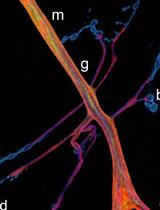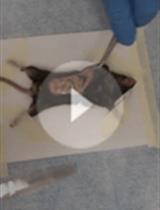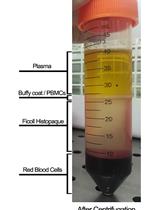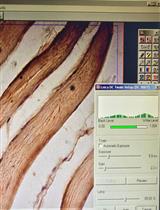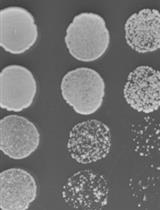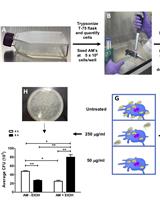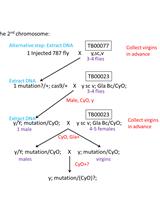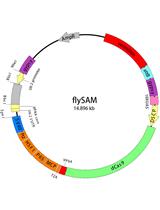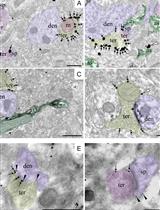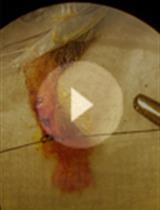往期刊物2019
卷册: 9, 期号: 2
生物化学
Click Chemistry (CuAAC) and Detection of Tagged de novo Synthesized Proteins in Drosophila
果蝇中通过“链接”化学检测标记的从头合成蛋白
Insulin Tolerance Test under Anaesthesia to Measure Tissue-specific Insulin-stimulated Glucose Disposal
麻醉下测量组织特异性胰岛素刺激的葡萄糖代谢的胰岛素耐量试验
细胞生物学
A Method for Culturing Mouse Whisker Follicles to Study Circadian Rhythms ex vivo
一种离体研究昼夜节律的小鼠触须毛囊培养方法
免疫学
Assessment of Humoral Alloimmunity in Mixed Lymphocyte Reaction
混合淋巴细胞反应中体液同种异体免疫的评估
Immunohistochemical Staining of TLR4 in Human Skeletal Muscle Samples
人类骨骼肌样本中TLR4的免疫组化染色
微生物学
Assessing Yeast Cell Survival Following Hydrogen Peroxide Exposure
过氧化氢胁迫条件下酵母细胞存活率的评估
Intracellular Invasion and Killing Assay to Investigate the Effects of Binge Alcohol Toxicity in Murine Alveolar Macrophages
研究酗酒酒精毒性对小鼠肺泡巨噬细胞影响的细胞内侵袭和杀伤试验
分子生物学
CRISPR-Cas9 Mediated Genome Editing in Drosophila
果蝇中CRISPR-Cas9介导的基因组编辑
flySAM Transgenic CRISPRa System Manual
基于flySAM的CRISPRa转基因系统操作手册
神经科学
High-resolution Immunoelectron Microscopy Techniques for Revealing Distinct Subcellular Type 1 Cannabinoid Receptor Domains in Brain
检测脑中不同亚细胞1型大麻素受体结构域的高分辨率免疫电镜技术
A Mouse Model of Postoperative Pain
小鼠术后疼痛模型



